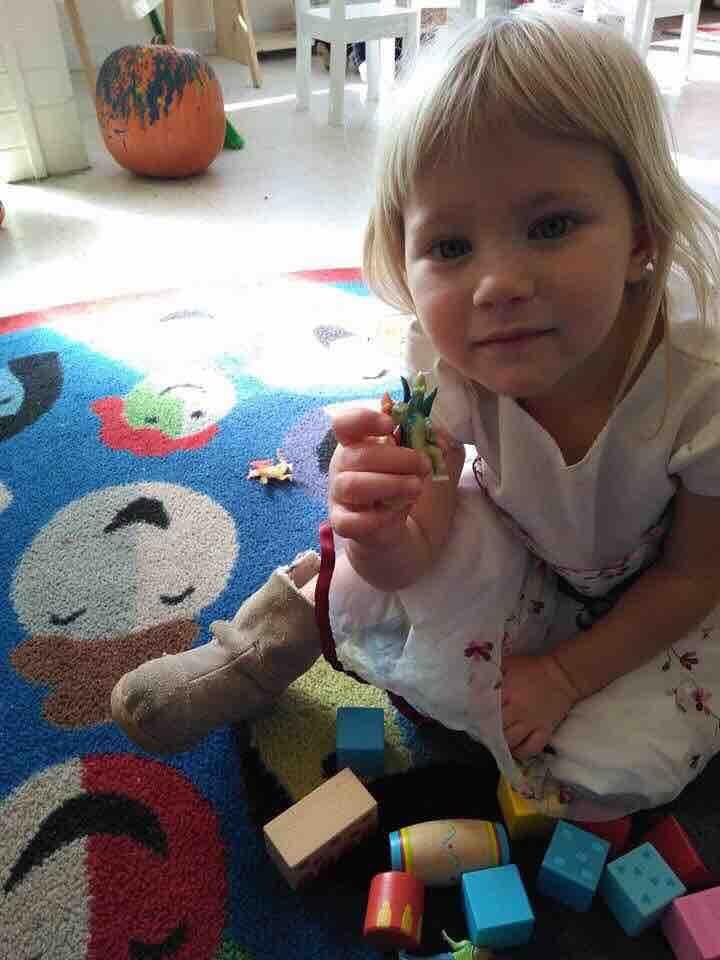What is a Reggio-inspired approach?
Reggio Emilia, a city in northern Italy, is the home of what many people consider the best program in the world for young children, ages birth to six.
The Reggio Emilia philosophy sees the child as unique, strong, and full of potential; it envisions environments that are reflective of learning and relationships between children, teachers and parents.
The Reggio Emilia approach to education is committed to the creation of conditions for learning that will enhance and facilitate the child’s construction of his or her own powers of thinking through the fusion of all the expressive, communicative and cognitive languages.
The Reggio Emilia approach is based upon the following principles:
• The image of the child as curious, competent, and able to build theories.
• Shared discussions among children, among adults, and between adults and children are ways children represent what is learned. Through repeated conversations and revisiting ideas, children can reconstruct their earlier theories.
• The Reggio approach is about guiding children's ideas with provocations. There is collaboration on many levels. Parents are considered an essential collaborator and parent participation is desired and supported.
• The Reggio Emilia approach calls for the introduction of a wide array of creative media and activities as a means of enhancing children's creative, social, and cognitive development. The children represent their ideas and emotions through many "languages," including spoken and written words, visual arts, drama, music, movement, construction and more.
• The teacher's role within the Reggio Emilia approach is complex. Teachers co-explore the learning experience with the children to provoke ideas, problem solve, and foster critical thinking skills. Teachers help children see the connections in learning and experiences and help children express their knowledge through representational work.
• Teachers document children's processes of learning in many ways - through photographs, written records, journals, etc. Projects can emerge from children's ideas and/or interests, or by knowing what is of interest to children, teachers can introduce them: shadows, puddles, tall buildings, construction sites, nature, etc.
• Time is a critical factor but not measured by the clock or calendar. Children's own personal rhythms and own sense of time is considered important.
